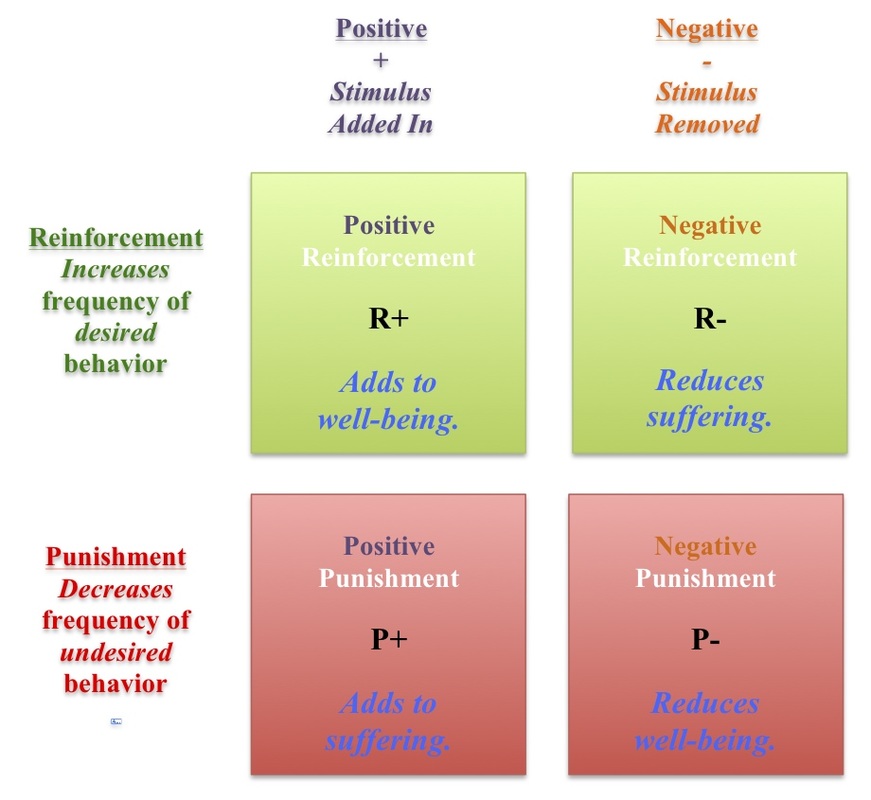
Negative reinforcement – removing a factor to increase a behavior.Positive reinforcement – adding a factor to increase a behavior.Related: Classical Vs Operant Conditioning What is positive and negative reinforcement So, remember that positive and negative refer to adding and removing something, not to the quality of the added/removed factor or the resulted feelings. That factor can be pleasant or unpleasant.įor instance, positive can be adding something unpleasant resulting in unpleasant feelings, while negative can be removing something unpleasant resulting in pleasant feelings. These two types of reinforcement can be confusing because the technical terms used in psychology is often misrepresented in pop culture.Īs technical parlance, positive refers to adding a factor while negative refers to removing a factor.īut positive and negative do not represent the quality of the factor being added or removed.


There are two types of reinforcement: positive reinforcement and negative reinforcement. In behavioral psychology, reinforcement is the introduction of a favorable condition that will make the desired behavior more likely to happen, continue or strengthen in the future 1.īecause the favorable condition acts as a reward, reinforcement is a reward-based operant conditioning.

The Difference Between Positive And Negative Reinforcement Let’s review the difference between positive reinforcement and negative reinforcement, and the difference in outcomes between them. Reinforcement and punishment are often used as parenting tools to modify children’s behavior. The main difference between reinforcement and punishment is that reinforcement makes a target behavior more likely to happen again while punishment makes the behavior less likely to happen again.


 0 kommentar(er)
0 kommentar(er)
